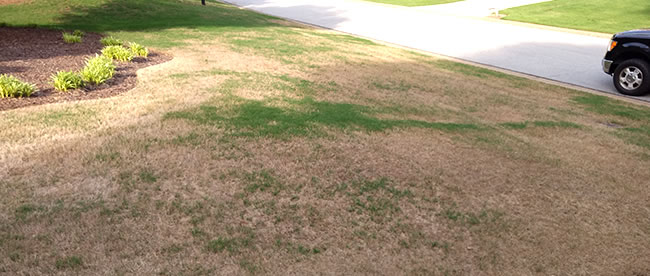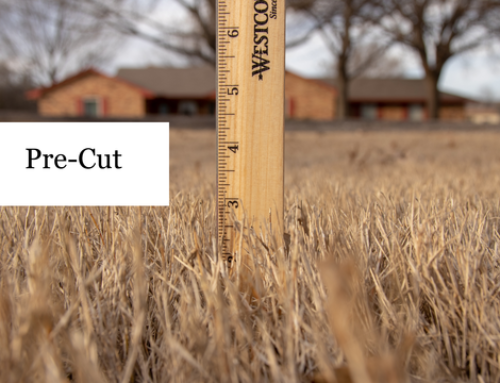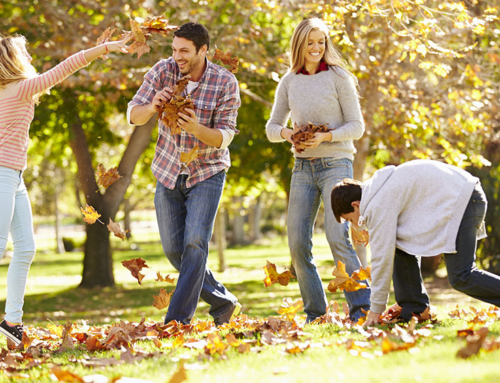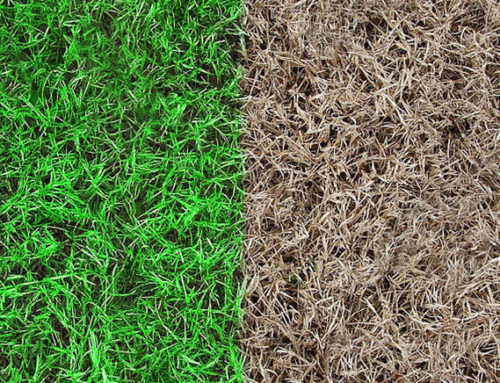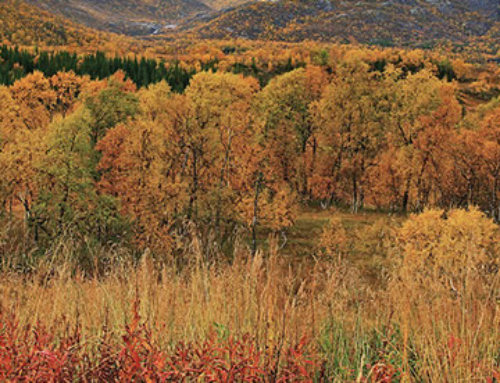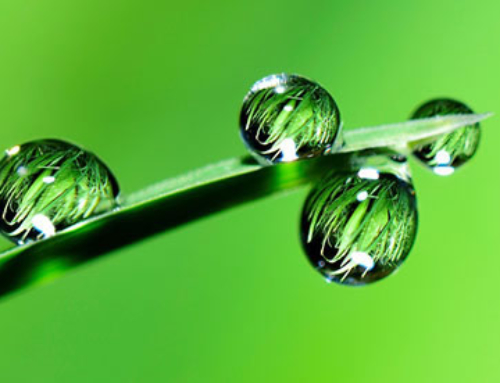Weed Xtinguishers Note: We strive to always stay up-to-date on the latest turf trends locally and in the Southern United States. This spring, we have noticed an increase in the number of lawns not “greening up.” This article by Timothy Daly will help to explain this phenomenon. If you have any particular questions about your lawn, contact us at 972-697-5221.
The spring months are critical for the growth of warm season grasses (bermudagrass, zoysiagrass, centipedegrass, and St. Augustinegrass). They actively grow during the warm weather and turn brown and go dormant in the wintertime. In contrast, cool season grasses thrive in the fall, winter and early spring but stress in the heat. As the weather begins to warm in March and April, warm season grasses start to come out of winter dormancy and slowly turn green. The process can take two to six weeks, depending on the weather conditions and cultivars of turfgrasses.
Many times, warm season grasses are slow to green up. Often homeowners are concerned that their lawns are in trouble because other peoples’ grasses have begun to green up and theirs have not. Many factors contribute to the rate of these grasses coming out of dormancy. Temperature, shade, moisture, soil conditions, competition from other plants, and traffic are the major environmental factors affecting bermudagrass recovery in the spring. The freeze in late March slowed the progression of many lawns, but most have recovered. The prolonged drought of last year as the lawns were going into dormancy also has influenced their ability to green up.
Recent research on cold hardiness of new and old cultivars is indicating significant variation in green-up. Both microclimate and cultural practices affect the green-up response among varieties and species. In some cases, two neighbors may have the same grass, and one neighbor’s yard may be totally green while the other neighbor’s may not be. Warm season grasses do not begin growing at their full potential until the night time temperatures are consistently above 60 degrees. In these cases, warmer temperatures and time along with appropriate fertility/irrigation practices are necessary for the grass to green up. Plant growth may be initiated at the crown, but above the crown is old dead grass. Use a lawnmower with the blades lowered one-half to one inch to remove the old grass, allowing light and air to penetrate more deeply. Use care on zoysiagrass since it grows at a slower rate. Shade also can slow the rate of green-up.
Soil fertility and pH play a significant role. If the soil is too acidic or alkaline, nutrient availability is decreased, thus interfering with plant growth. The level of nutrients in the soil also influences the quality of the lawn. To determine the quality of your soil, have it tested through the Texas A&M AgriLife Extension Service Soil, Water and Forage Testing Laboratory*.
Remember, a multitude of factors influence the rate warm seasons grasses come out of dormancy and begin to turn green. Ensuring the grass receives adequate amounts of fertilizers and water, is mowed properly, and weeds along with other pests are controlled will all contribute to healthy, green lawns.

Timothy Daly is an Agricultural and Natural Resource Extension Agent with UGA Extension Gwinnett. He can be contacted at 678-377-4011 or tdaly@uga.edu.
This post originally appeared on Gwinett Daily Post
* This link was edited from the original post to a local testing center.

